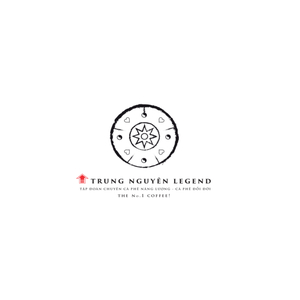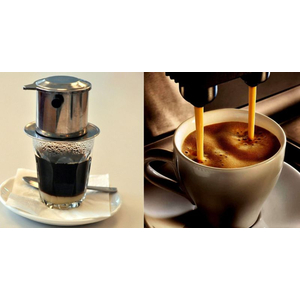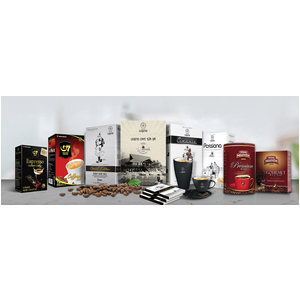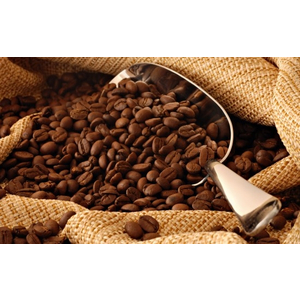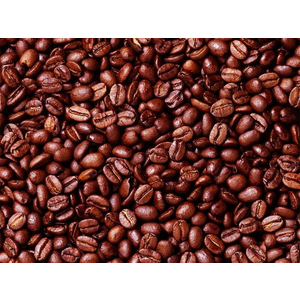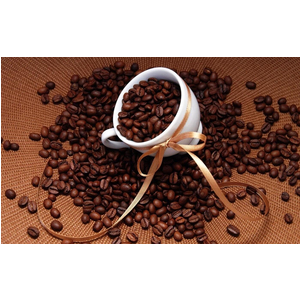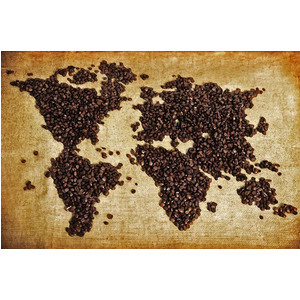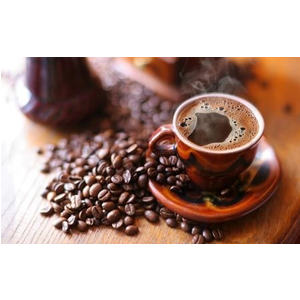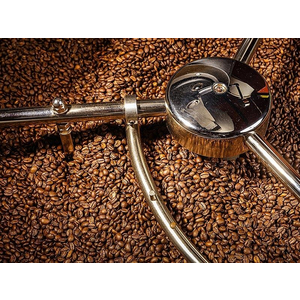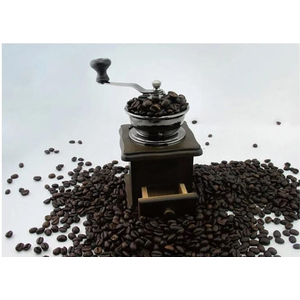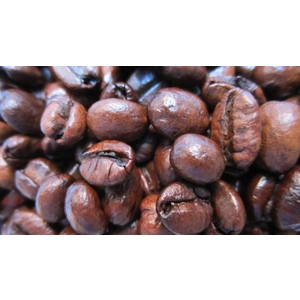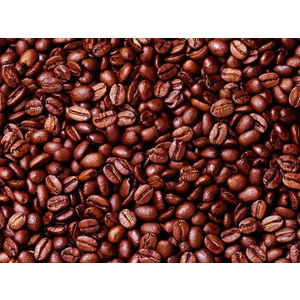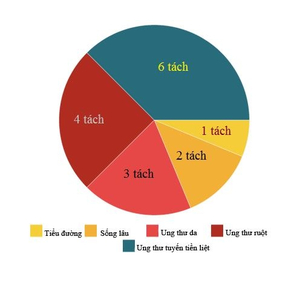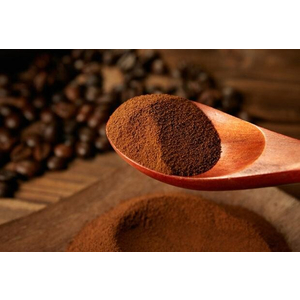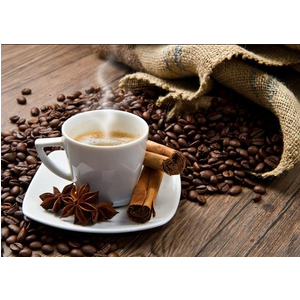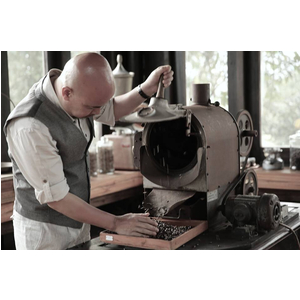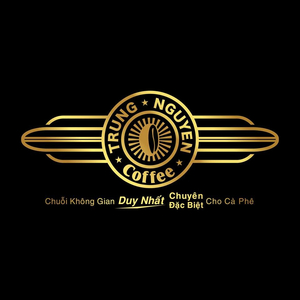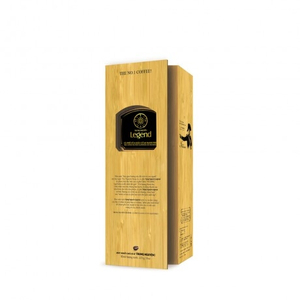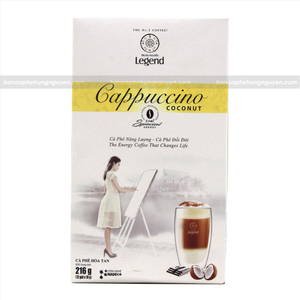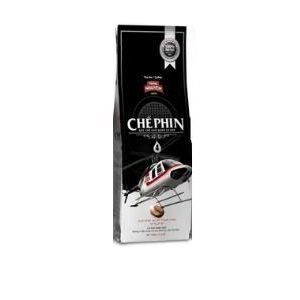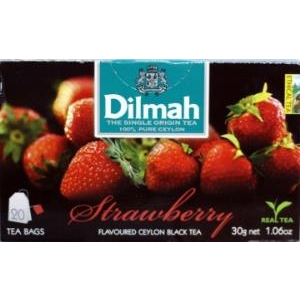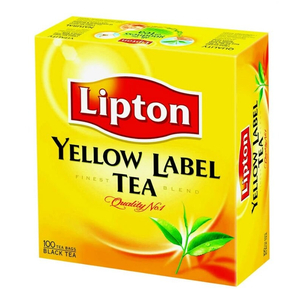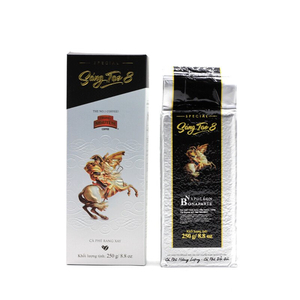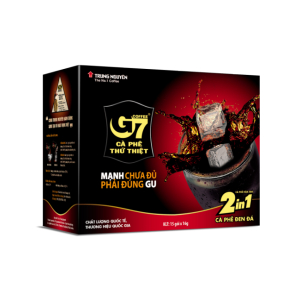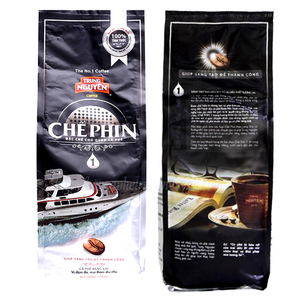Danh mục sản phẩm
Hổ trợ trực tuyến

Bán Hàng - 094-2275-999

Bán hàng - 085-320-3333
Thông tin cà phê
Câu chuyện bên ly cà phê
Sản phẩm bán chạy nhất
Video cà phê Trung Nguyên
Fanpage Facebook
Lượt khách ghé thăm
- Đang online 0
- Hôm nay 0
- Hôm qua 0
- Trong tuần 0
- Trong tháng 0
- Tổng cộng 0
The Legendary Weasel Coffee
The Legendary Weasel Coffee

I n the first half of the 20th century, Vietnam’s Central Highlands were sparsely populated by mostly ethnic peoples, and the coffee farms there were still surrounded by extensive tropical jungles which were home to many wild animals.
It is said that every year from September to December when the coffee cherries got ripe, the wild civets were often seen coming out of the jungle in night time for this sort of speciality. With a superb sensitive sniffing ability, they only picked the fleshiest and sweetest red cherries. Within the night, they would release their faeces out With the beans intact in endocarp shells.
In the morning, coffee farmers walked around collecting the still fresh droppings and dried them in the sun. From these droppings, they made the cà phê cứt chồn - or literally Civet Faeces Coffee - the Legendary Coffee that whoever tasted once would remember the experience forever.
How the greatest legend of Vietnam’s coffee was lost?
In the second half of the 20th century (especially after the Vietnam War), waves of new population came to the Central Highlands.
As the Highlands were more densely populated, the more soil was reclaimed for coffee farming, the further the jungles shrunk.
And as a matter of fact, more civets were hunted down for food.
Over time, the enormous Highlands became almost fully covered with coffee farms, the jungle could only be found in faraway mountains or in a few national reserve parks, civets became a speciality in luxury restaurants.
Every year in coffee crop from September to December, the wild civets were no longer seen coming into coffee farms for the cherries.
The legend was dead.
However, the most valuable remnant is not the tale told by many people, but the aspiration and ambition felt by but a few.
What’s the truth in feeding the civet on coffee cherries?
In terms of cherry selection, the civet is no doubt an instinctive connoiseur. Not only does it display it’s sophistication in natural habitat but also in cage.
The known fact is that the civet just eats the most delicious coffee cherries, but not yet-known is among the same red ripe cherries, it just picks a few for enjoy-ment. The leftover cherries are never touched again, even when they are mixed with newly replenished ones.
What’s more, the civet's cherry pick rate depends much on the farm the cherries are fetched from, just about 25% at best. This wastefully low rate caused us a lot of difliculty finding the right farms in our early years of production.
And yet, while it might be assumed that starving the civet of its other foods may force it to eat more cherries, but in fact it eats less or does not eat at all when it’s not adequately fed or not in perfectly good health. That explains why in coffee production period, our civets are given such a protein-rich daily ration as beef, pork, frog or other available animals.
The truth behind all this is simple: the civet’s wild instinct has to be treated with respect so as it gives back the droppings at the quality expected from a legend.
Within just about 4 hours, the civet excretes the hard, indigestible innards of the cherry essentially, incipient coffee beans -though only after they have been fermented with acids and enzymes in the animal’s digestive track.
Proper processing of the droppings is crucial: the moisture content should be lowered within 24 hours to keep the beans from getting dark, while the drying should not be too fast to cut short the continuing fermentation within the beans.
The droppings may look “dirty”, but they are clean of such invisible harmful chemicals as insecticides which are widespreadly used in coffee farming. The reason is simple: the civet always rejects the cherries which have any strange odor left by insecticides.
While it might be argued that farmed civet beans are not as good as wild civet ones, in fact the good wild civet beans are dearly scarce nowaday: the droppings are often laid on the soil in farms or jungles for many days before getting collected.
Scientific research showed that the civet’s endog-enous digestive secretions seep into the beans(1). These secretions carry proteolytic enzymes which break down the beans’ proteins, yielding shorter peptides and more free amino acids. thus facilitating the non-enzymatic Maillard browning reactions brought about later by roasting(2).
Since the flavour of coffee owes much to its proteins, there is a hypothesis that this shift in the numbers and kinds of proteins in beans after being swallowed by civets brings forth their unique flavor and taste.
While inside a civet’s stomach or intestine, the beans begin to germinate by malting which effectively lowers their bitterness. In absence of this process, it’s a proven fact that beans of asexu-ally reproductive coffee variants still retain much of their bitterness.
Infrared chromatograph for Chou coffee also show that it has a higher sugar content in compare-son to ordinary coffee, which might suggest a part of carbohydrate macromolecules has also been broken down to many simpler sugar molecules.(3)
Research also showed that Chon coffee is safe. It was found to have lower bacterial counts than regular coffee,(4) which is likely due to the thorough washing process after the “cherry” or endocarp surrounding the bean is removed.
The high temperature of roaster from 170°C to 230°C during an exposure as long as 15 minutes is also a key factor in assuring the safety as it eliminates any living bacterium.
(1) Marcone, Massimo, Bad Taste: The Adventures And Science Behind Food Delicacies, 2007
(2) Marcone, Massimo, Food Research International, Volume 37, Issue 9, pages 901 912, 2004
(3) Analysis commissioned to Center of Laboratory Analysis, Polytechnics University of Hanoi, August 2010.
(4) Press release published by Communications and Public Affairs, University of Guelph on November 26th, 2002.
http://bancaphetrungnguyen.com/
Legendary coffee
Bình luận
Tin tức liên quan
Cách Pha Cà Phê Đậm Đặc: Bí Quyết Giữ Trọn Hương Vị Đất Việt
Công Thức Pha Cà Phê Sữa Ngon Chuẩn Vị Việt: Đậm Đà & Hấp Dẫn
Loại cà phê nào trộn ngon? Bí quyết pha trộn cà phê đậm đà, thơm chuẩn vị
Phin Pha Cà Phê: Bí Quyết Chọn Và Sử Dụng Đúng Cách Cho Tách Cà Phê Chuẩn Gu Việt
Cà Phê Chồn Trung Nguyên Giá Bao Nhiêu? Bảng Giá Mới Nhất 2025
Cà Phê Chồn Được Sản Xuất Như Thế Nào? Hé Lộ Quy Trình Tự Nhiên Đặc Biệt
Cà Phê Chồn Có Tác Dụng Gì? – Bật Mí Những Lợi Ích Tuyệt Vời Của Loại Cà Phê Đắt Giá Nhất Thế Giới
Cách Pha Cà Phê Phin Chuẩn Vị Việt Nam – Bí Quyết Thơm Ngon, Đậm Đà
Mua Cafe Trung Nguyên Hà Nội Ở Đâu? Gợi Ý Địa Chỉ Chính Hãng Uy Tín Nhất
Cách Tạo Mùi Thơm Cho Cà Phê Tại Nhà – 5 Bí Quyết Giữ Trọn Hương Vị Như Barista
Cà Phê Chồn Làm Từ Gì? Khám Phá Quy Trình Sản Xuất Đắt Giá Nhất Thế Giới
Mua Cà Phê Trung Nguyên Chính Hãng Ở Đâu?

